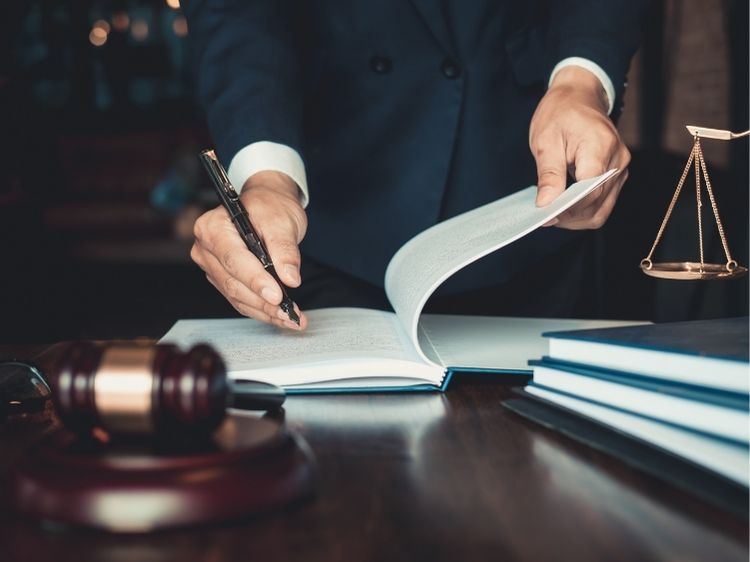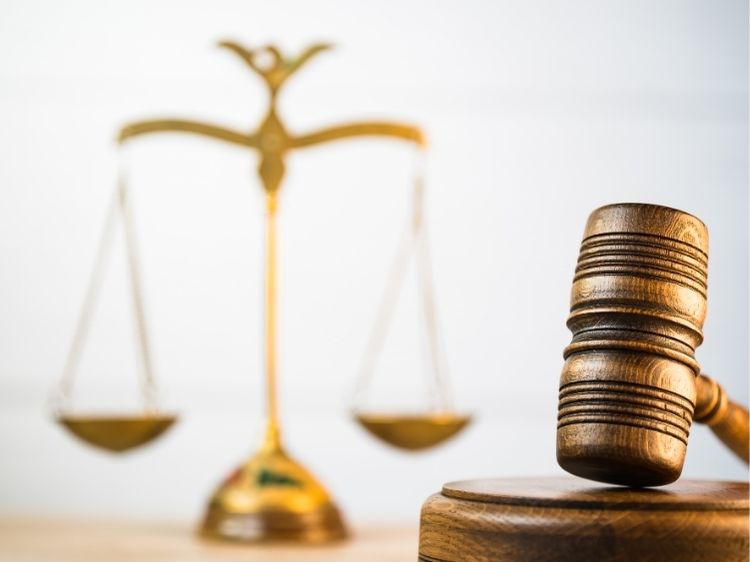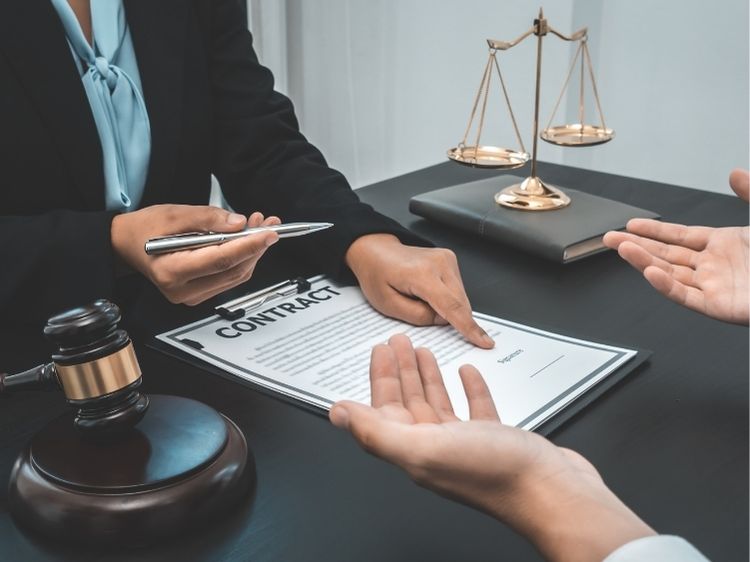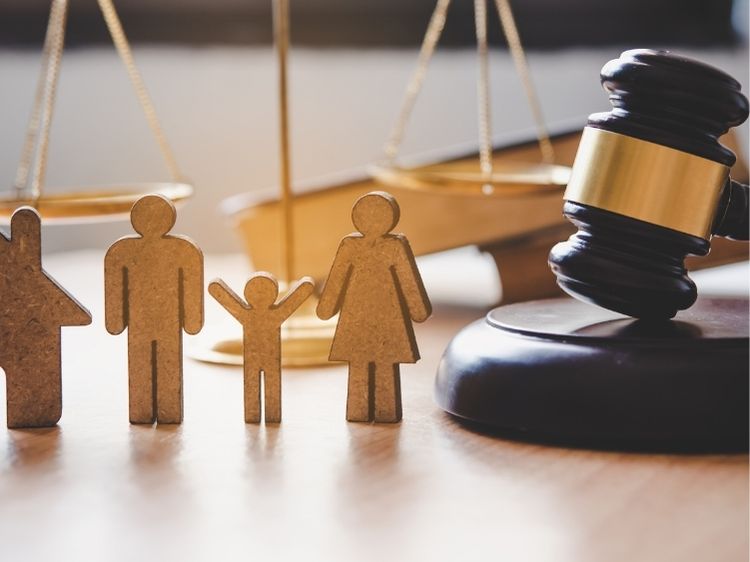Product Liability vs. Strict Liability: Understanding the Differences and Implications
Navigating the legal landscape can be tricky, especially when it comes to liability issues. If you’re dealing with products—whether as a manufacturer, distributor, or consumer—understanding the nuances of product liability vs. strict liability is crucial. These terms may sound similar, but they represent different legal concepts with significant implications for businesses and consumers alike. So, what exactly sets these two types of liability apart? Let’s dive in to unravel the mystery.
What Is Product Liability?
Product liability refers to the legal responsibility that a manufacturer, distributor, or seller bears if a product they place on the market causes harm or injury. This liability can arise from defects in design, manufacturing, or inadequate warnings or instructions. Unlike strict liability, product liability often requires proof of negligence or fault. However, it’s not just about pointing fingers; it’s about ensuring that consumers are protected from defective products that could potentially harm them.
Types of Product Defects
When we talk about product liability, we’re typically referring to one of three types of defects:
- Design Defects: These occur when the product’s design is inherently unsafe, even if manufactured correctly. For example, a car model with a high propensity to roll over during normal driving conditions would be considered to have a design defect.
- Manufacturing Defects: These defects occur during the production or assembly of a product. Even if the design is safe, a mistake in the manufacturing process can lead to a defective product. Think of a batch of contaminated medication due to improper sterilization processes.
- Marketing Defects (Failure to Warn): These defects involve inadequate instructions or warnings about the product’s proper use. If a product could be dangerous if misused, the manufacturer must provide clear warnings and instructions to prevent harm.
Each of these defects can lead to a product liability lawsuit, but the specifics of the case will depend on the nature of the defect and the harm it caused.
What Is Strict Liability?
Strict liability, on the other hand, is a legal doctrine that holds a party responsible for damages or harm caused by their actions or products, regardless of fault or intent. In strict liability cases, the injured party doesn’t need to prove negligence or fault; they only need to prove that the product was defective and that the defect caused their injury.
Key Characteristics of Strict Liability
Strict liability is often applied in cases involving inherently dangerous activities or defective products. Here are some key aspects:
- No Need to Prove Fault: Unlike in product liability cases, the plaintiff doesn’t need to prove that the manufacturer was negligent. They only need to show that the product was defective and caused harm.
- Focus on Product Safety: Strict liability emphasizes the safety of the product rather than the actions of the manufacturer. If a product is found to be unsafe, the manufacturer can be held liable, regardless of the care taken during the manufacturing process.
- Applicable to Dangerous Activities: Strict liability isn’t limited to defective products. It can also apply to activities that are considered inherently dangerous, such as the use of explosives or keeping wild animals as pets. If these activities cause harm, the responsible party can be held strictly liable.
The Intersection of Product Liability and Strict Liability
While product liability and strict liability are distinct concepts, they often intersect, particularly in cases involving defective products. In many jurisdictions, strict liability is a subset of product liability law, where manufacturers can be held strictly liable for defective products that cause harm.
For example, if a consumer is injured by a defective product, they might file a product liability lawsuit under the theory of strict liability. In this case, the plaintiff doesn’t need to prove that the manufacturer was negligent—only that the product was defective and caused injury.
Differences Between Product Liability and Strict Liability
Understanding the differences between product liability vs. strict liability is essential for anyone involved in manufacturing, distributing, or selling products. Here’s a breakdown of the key differences:
- Burden of Proof: In product liability cases, the plaintiff must prove that the manufacturer was negligent, which often involves showing that the manufacturer failed to meet a standard of care. In strict liability cases, the plaintiff only needs to prove that the product was defective and that the defect caused their injury.
- Scope: Product liability is broader and can include claims of negligence, breach of warranty, and strict liability. Strict liability, as the name suggests, is narrower and focuses solely on holding a party liable without regard to fault or negligence.
- Application: Product liability applies to any defective product that causes harm, whether due to design, manufacturing, or marketing defects. Strict liability, however, is typically applied to cases involving inherently dangerous products or activities.
When Are Manufacturers Held Liable?
Manufacturers can be held liable under both product liability and strict liability laws, but the circumstances under which they are held accountable differ. In product liability cases, a manufacturer might be liable if:
- Negligence: They failed to exercise reasonable care in designing, manufacturing, or providing warnings about their product.
- Breach of Warranty: The product failed to meet the standards of quality and safety promised by the manufacturer.
In strict liability cases, a manufacturer can be held liable if:
- The product was defective: The defect existed when the product left the manufacturer’s control, and the defect caused injury to the consumer.
- The product was unreasonably dangerous: Even if the manufacturer exercised all possible care in making and marketing the product, they could still be held liable if the product was unreasonably dangerous.
FAQs on Product Liability vs. Strict Liability
Q: What’s the main difference between product liability and strict liability?
A: The primary difference lies in the burden of proof. In product liability cases, the plaintiff must prove negligence, while in strict liability cases, they only need to prove that the product was defective and caused harm.
Q: Can a manufacturer be held liable under both product liability and strict liability?
A: Yes, a manufacturer can be held liable under both theories, depending on the circumstances of the case. Product liability may involve proving negligence, while strict liability focuses solely on the defectiveness of the product.
Q: Does strict liability apply to all products?
A: Not necessarily. Strict liability typically applies to inherently dangerous products or activities. However, many jurisdictions have extended strict liability to include most consumer products.
Q: What should consumers do if they’re injured by a defective product?
A: If injured by a defective product, consumers should seek medical attention, document the injury and product, and consult with a legal professional to explore their options for filing a product liability or strict liability claim.
Q: Are there any defenses against strict liability claims?
A: Yes, manufacturers may argue that the plaintiff misused the product in a way that was unforeseeable or that the defect was caused by something beyond the manufacturer’s control.
Conclusion
Understanding the distinctions between product liability vs. strict liability is vital for manufacturers, sellers, and consumers alike. While both concepts aim to ensure product safety and consumer protection, they differ in terms of burden of proof and scope. Whether you’re a business aiming to minimize liability risks or a consumer seeking compensation for a defective product, knowing the ins and outs of these legal concepts can make all the difference.
For those seeking more information, consider consulting with a legal expert who specializes in product liability and strict liability cases. Staying informed and proactive is the best way to navigate these complex legal waters.
Authoritative Links:



